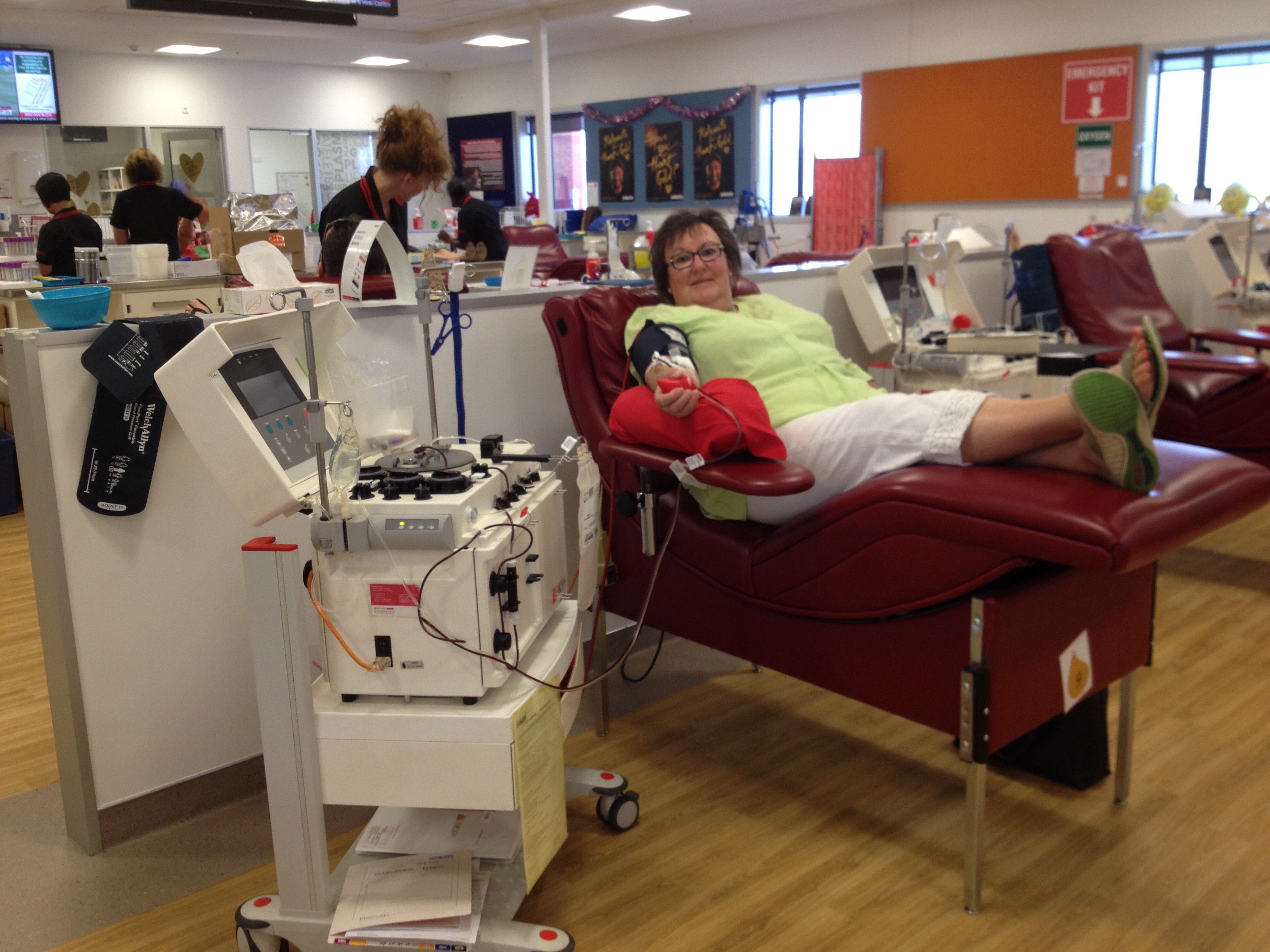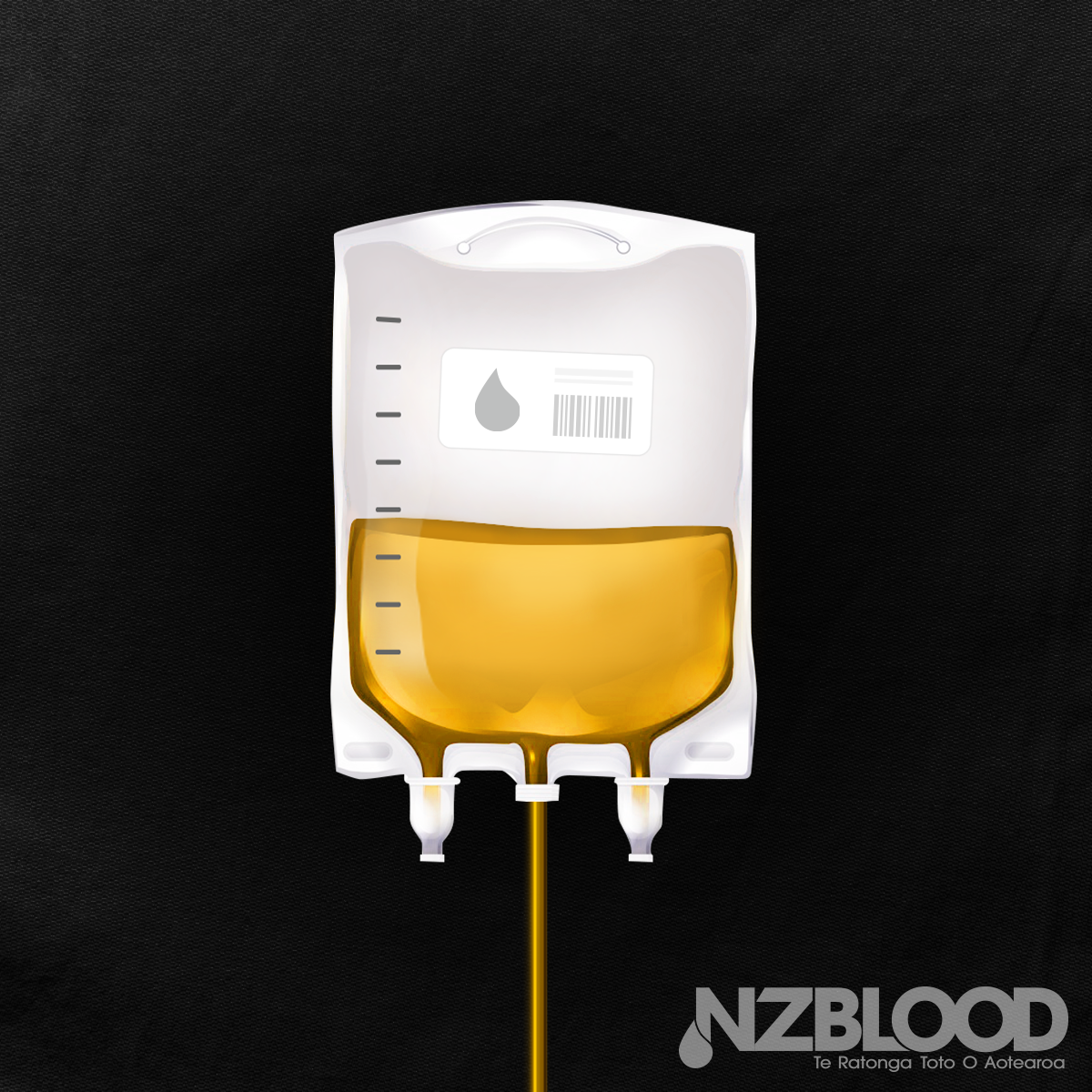News
Brian and Helen's Survival Story
I give thanks to 46 anonymous but generous strangers for me being here today – most of me at least.
My story goes back to 22 February 2011, a day that all Cantabrians have etched in their memory. On that day I had taken my wife Helen to the airport to fly to Palmerston North to visit her sister for a few days and then I went to work as a financial adviser in the PGC Corporation building in Cambridge Terrace.

Our office was on the first floor and I had a desk at the window overlooking the band rotunda and the Avon River. The day looked nice out so at lunchtime I thought that I would get some sunshine and fresh air and headed towards the stairs. I had just reached the landing when the building started to shake. My immediate thought was that it was just another aftershock but this was much more. I grabbed onto the balustrade as the shaking continued and the building started to fall around me.
The next thing that I knew was that I was lying on my back covered in debris and with my legs obviously pinned under a concrete beam.We were on the periphery of the CBD and I thought that realistically the chances of rescuers getting to our building had to be very slim at best.
I managed to get a message through to Helen and our son (who was at university) that I was trapped and that I didn’t think that I would make it.
What was I to do? The beams across my legs very obviously could not be moved. As it subsequently turned out the beam had virtually amputated my right leg and I could feel the flow of blood as it dripped down my leg.
It is hard to believe that the human body can endure such pain.
The pain was excruciating, but I was at the same time still reasonably calm. I think that I simply accepted the inevitability of the situation and realised that there was little or nothing that I could do and therefore I just had to endure it.
Miraculously after several hours someone did reach me. I was very conscious that I had been getting weaker as I steadily lost blood. Help was at hand though. Over the next couple of hours different rescuers crawled in to me to assess the situation and I can now imagine the discussions that were going on out of my hearing discussing the dilemma they were in and how best to extricate me.
Amputation of my legs above the knees was the only answer. Using a leatherman tool, an anaesthetist, a urologist from Australia (who had been attending a conference nearby) and a policeman took turns performing the grisly task.
It was about seven hours after the quake when they finally got me out and we have been told that when I ultimately arrived at Christchurch Hospital I had lost virtually all of my blood and they debated whether to resuscitate me or not.
Within 18 hours I was airlifted to Waikato Hospital where my recovery and rehabilitation was to begin.
While I was trapped Helen (who is a nurse) rang the police and through the command centre in Wellington was able to let them know my position in the building. Then Helen needed to get back to Christchurch as soon as possible. The airport was closed so Helen’s brother-in-law drove her and her sister to Wellington to catch the ferry. By this time Helen knew that I was out of the building.

Half way across Cook Strait Christchurch Hospital rang Helen and told her not to leave Wellington as they were going to transfer me to Wellington Hospital. Helen told them it was too late and to hang on to me until she could get through to Christchurch.
In Waikato Hospital I realised that our lives had changed so dramatically. I knew from Helen’s community nursing experience that there was only one way to do this. Her stories of patients refusing to help themselves and attempting to transfer the issue onto the medical team and expecting it to be solved without personal input was not the way to go.
From the outset we have worked as a team. Helen and I together working with the medical teams, physiotherapists and prosthetists.
I decided at the outset that there was no point in looking back, no point in saying ‘what if…?’, no point in saying ‘why me…?’. It had happened and my energy needed to be put into getting as much of our old lives back as possible and that really meant being able to walk again.
What I didn’t realise at the time was how difficult this would be and the fact that a double above knee amputee is relatively rare. While I can now walk with the aid of two walking sticks and can use short legs without knee joints around home, maintaining fitness is an on-going process requiring a commitment to the rehab gym several times a week as well as swimming with Helen.
One of the things that has helped my ability to walk immensely is the osseointegration procedure which I had in Sydney about 18 months after the quake. With this procedure I had implants inserted into my femurs and carry my weight through those bones rather than having to wear cumbersome sockets and carry the weight through the ischium bone in my buttocks.
Helen and I had been keen recreational cyclists and while we were in Hamilton we found out about hand cycles for amputees. With the generosity of the Men’s Health Trust in Auckland a bespoke hand-cycle was made for me in the USA. This enables Helen and I to continue our recreational cycling.
Then came the New York Marathon with the support of the New Zealand branch of Achilles International. Achilles is an international organisation whose aim is assist people with disabilities to compete in main stream sporting events. In 2013 there were just on 100 hand cyclers who competed as part of the 45,000 athletes who took part in the marathon.
My result was 18th in the hand cycle section with a time of 2 hours 9 minutes over the 43 km course just a little outside my goal of under 2 hours.
The other major achievement since the earthquake has been the building of our lovely new spacious and wheelchair friendly home. We have always wanted a large garden and rather than downsize we bought a section of 3600m2 to develop into a fully accessible garden. We have thoroughly enjoyed this project together and Helen naturally has to take on most of the heavy work which I would have done if circumstances had been different. To recognise the huge amount of effort that Helen put in to realising this dream for us I nominated her in the NZ Gardener of the Year competition which she won in 2015.

I continue to work as a financial adviser and our new life has challenges presenting themselves all of the time but we have also had some wonderful opportunities and most of all I am thankful for all of the people that have helped us along the way but none more so than the 46 anonymous blood donors without whom none of the subsequent six years would have been possible.
Published: 2017-08-31


